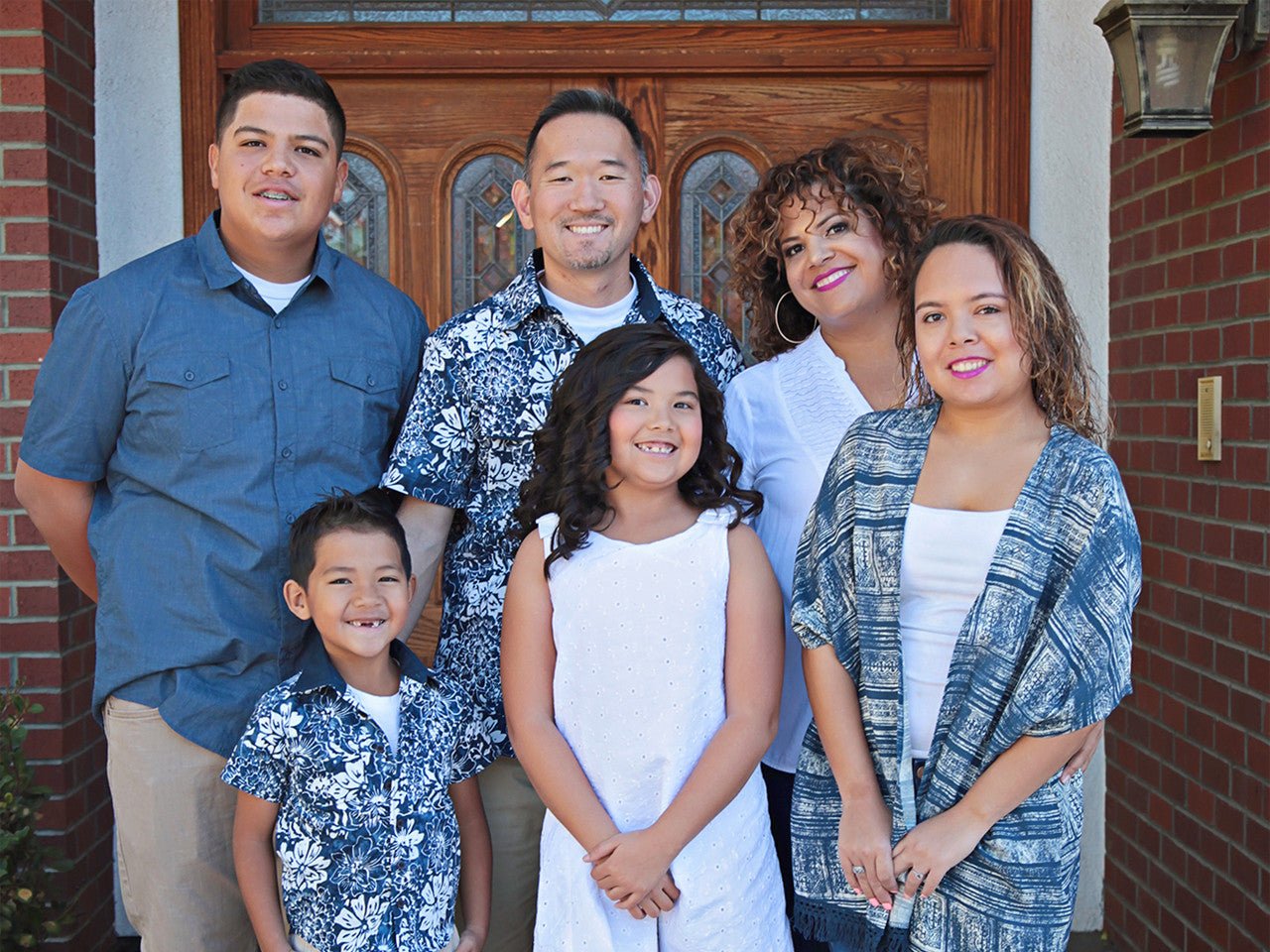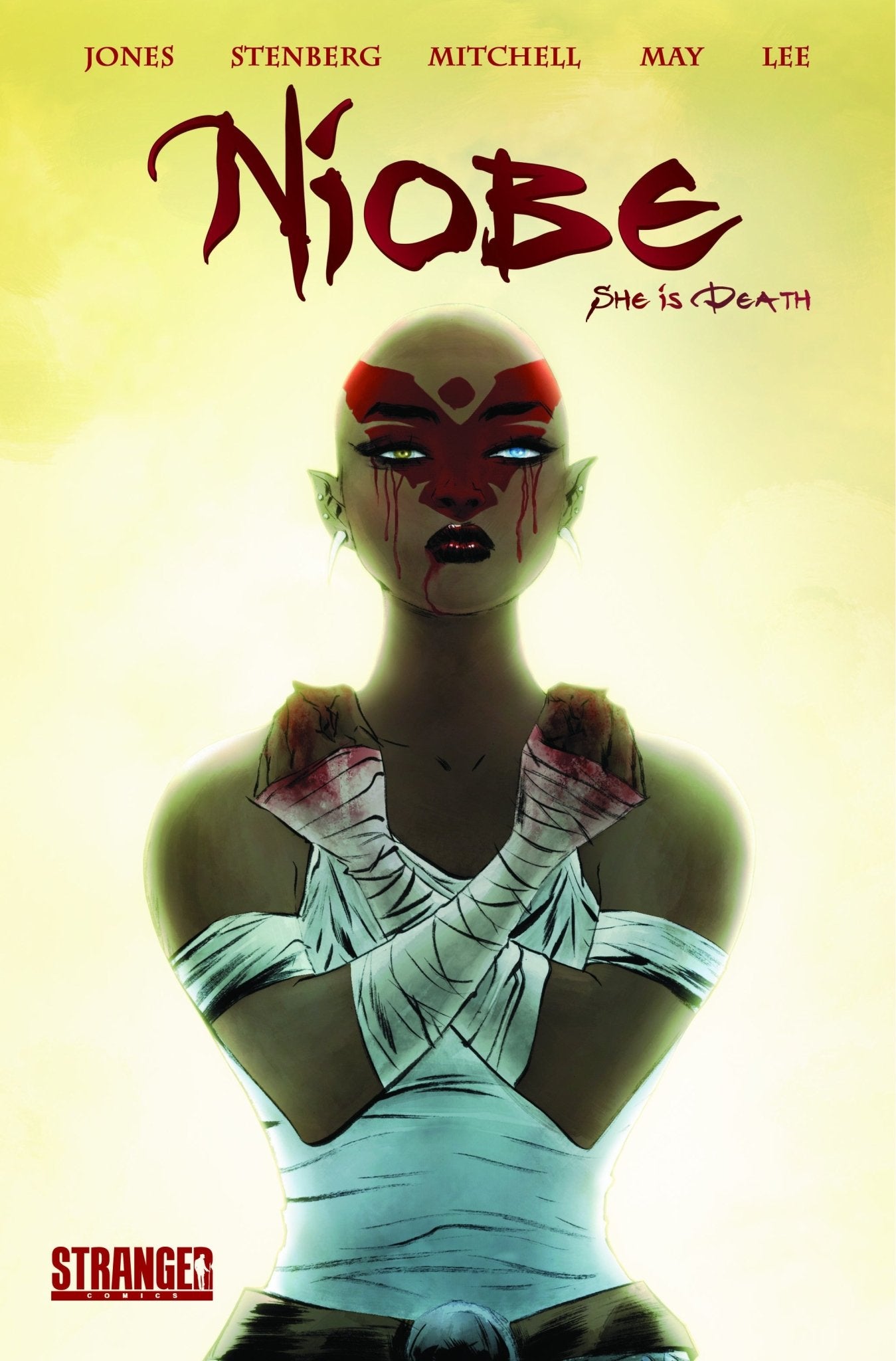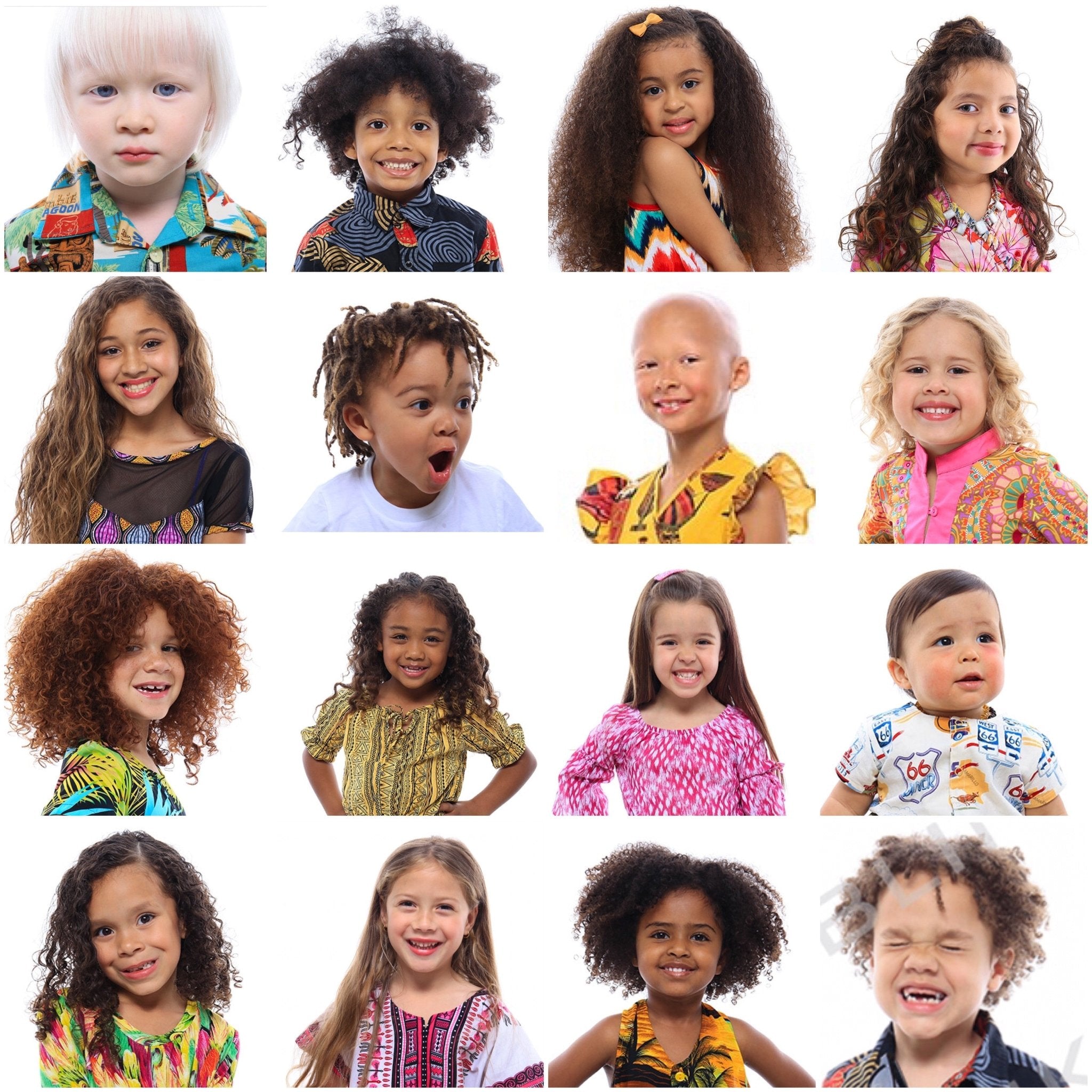
Raising Dual-Language Learners in Today's Multicultural Climate

Mother's Day for my family is always a special day celebrating the moms in our family. We get together for a day of hanging out with each other and breaking bread, potluck style. Each year I tell my husband that I don't want any gifts or flowers. I guess I just don't like the fuss. I'd much rather receive gifts from the heart and hand-made gifts from the kids.

I love their little faces when they walk up to me, sort of hiding their presents behind their backs as they sheepishly walk toward me saying "close your eyes!" I close my eyes and stretch out my hands and with a big smile, I shout "gimme, gimme!" I open my eyes and there's artwork they made in school, or flowers they picked from our neighbor's garden days earlier and a lil' wilted. There's hand-painted cards with all the reasons why they love me are on the inside:
I love my mom because...
1. She goes to my baseball games
2. She is nice
3. She takes care of me
4. She wakes up to make me breakfast
5. She sometimes cooks good food
Not gonna lie, that last one stung a bit.
I crack up reading all the things they list and am always surprised at how they see me.


My youngest guy, Luke, handed me one more card and I exclaimed "more for mommy?" and he said, "yes but I will have to translate for you because it's in Korean!"
If you don't know by now, I am raising multiracial children. As a multicultural mama (Black & Mexican) married to a Korean dude raising 4 children we call our mini global citizens, they are growing up loving all their cultures and learning all they can about the diverse world we live in. From making tamales and frijoles with their Latina maternal grandma to making jap chae (Korean glass noodles), they do it all. MultiCulti style!

The life we created for ourselves is an intentional one. We "culture-proof" our home by having books with multicultural characters in them. We choose multicultural dolls that have different hair textures and videos like Bino & Fino from Africa. Artwork from all over are hung in the home. The littles play the Korean drums, they dance traditional cultural dances, eat diverse foods and listen to music from all over the world.

They also attend a diverse school and are in a Korean Dual Language School here in Los Angeles.
Learning the Korean language and it's culture is important to my husband and I. When we were pregnant we talked quite extensively about how we would raise the children. As they got older and it was time to start looking into kindergarten, we explored many dual language schools in our area.

There were Mandarin, Spanish, Korean and French programs which I was happy to see. We narrowed it down to Korean and Spanish. We applied to both programs and was excited when we won the "lottery" and were admitted into the Korean Dual Language Program. While the school teaches Korean, I teach them Spanish at home.
For our family, learning another language(s) was important. Not only can language connect one to their culture and identity, but it was also a necessity in order for them to communicate with their paternal grandparents. Although they had spent over 40 years in the US, Korean was the language they were most comfortable speaking and we wanted our children to be able to talk to them without an interpreter, i.e. my husband. Being multilingual in order to speak to family members and to have a cultural connection are not the only benefits of being dual language programs.
Research shows so many positives of learning another language. Children enhance their world view instead of a myopic view of the world. They learn how to interact with other cultures and move in and out easily between the diverse groups. It's a a bit better now a days.

When I was growing up in the 80's and 90's, there was this "Melting Pot" theory where different cultures go into this pot and get assimilated and come out American. Today we are living in a more "Mosaic" time where each culture can come together to form a beautiful work of art without having to lose their sense of culture or identity to be called an American. We are a bunch of hyphens; cultures and ethnicities that straddle both sides (or multiple sides) of their identity without losing their "American-ness." You can be ALL of what makes up your identity.
For instance, the other day while chaperoning a field trip with my daughter, Ava, and a group of 8 other students, a Korean-speaking tourist at the museum we were visiting took notice of Ava. I saw Ava do a customary bow and answer the woman in Korean and noticed her giggle at what she was being told. After the exchange, Ava walked up to me and I thought she was going to tell me what the exchange was about but instead, and in Spanish, she said that she needed to use the bathroom.
All of this was simple and seamless. What Ava did and what millions of bilingual and trilingual learners are doing depicts an "ambicultural" way of life for today's dual-language learners. They get to float in and out of language and by extension, culture. They don't get lost or flustered.
Ava code-switched like a boss!
It was really quite beautiful to observe. It makes me proud of the young people I am raising that will one day go off into the world with the ability to make a contribution to this beautifully mixed up world they will inherit. Cool thing is, it may all start with a "hello" in a different language and that's ok! 





Leave a comment
This site is protected by hCaptcha and the hCaptcha Privacy Policy and Terms of Service apply.